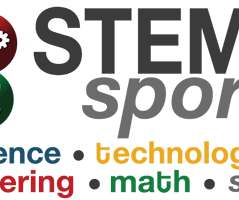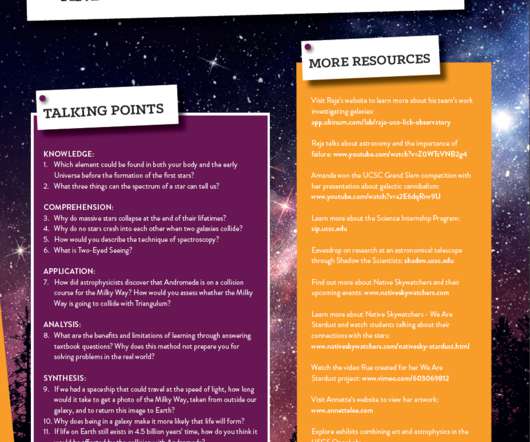Guide Review: Best Math Manipulatives in 2023
STEM Education Shopping
JULY 19, 2023
By physically manipulating the cubes, children can develop a better understanding of numbers and their relationships. In addition to building number sense, counting cubes also promote critical thinking and problem-solving skills. Children can use the cubes to create patterns, build towers, and solve puzzles.












Let's personalize your content